Contents
Contents
Rick Steves Walk:
HEART OF ROME
Rick Steves & Gene Openshaw
Heart of Rome Walk
From Campo de Fiori to the Spanish Steps
Romes most colorful neighborhood features narrow lanes, intimate piazzas, fanciful fountains, and some of Europes best people-watching. During the day, this walk shows off the colorful Campo de Fiori market and trendy fashion boutiques as it meanders past major monuments such as the Pantheon and the Spanish Steps.
But, when the sun sets, unexpected magic happens. Sit so close to a bubbling fountain that traffic noise evaporates. Jostle with kids to see the gelato flavors. Watch lovers straddling more than the bench. And marvel at the ramshackle elegance that softens this brutal city. These are the flavors of Rome, best tasted after dark.
 Start this mile-long walk at the Campo de Fiori. The transportation hub Largo Argentina (buses #40, #64, #492, and taxis) is five blocks west. This walk is equally pleasant in reverse order: start at Metro: Spanish Steps and finish at Campo de Fiori, my favorite outdoor dining room after dark.
Start this mile-long walk at the Campo de Fiori. The transportation hub Largo Argentina (buses #40, #64, #492, and taxis) is five blocks west. This walk is equally pleasant in reverse order: start at Metro: Spanish Steps and finish at Campo de Fiori, my favorite outdoor dining room after dark.
One of Romes most colorful spots, this bohemian piazza hosts a fruit and vegetable market in the morning, cafs in the evening, and pub-crawlers at night. In ancient times, the Field of Flowers was an open meadow. Later, Christian pilgrims passed through on their way to the Vatican, and a thriving market developed.
The square is watched over by a brooding statue of Giordano Bruno, an intellectual heretic who was burned on this spot in 1600. The pedestal shows scenes from Brunos trial and execution, and reads, And the flames rose up. When this statue honoring a heretic was erected in 1889, the Vatican protested, but they were overruled by angry Campo locals. The neighborhood is still known for its free spirit and anti-authoritarian demonstrations.
Campo de Fioris raucous morning market, overseen by the statue of the rebel Giordano Bruno
The Campo de Fiori is the product of centuries of unplanned urban development. At the east end of the square (behind Bruno), the ramshackle apartments are built right into the old outer wall of ancient Romes mammoth Theater of Pompey. Julius Caesar was assassinated in the Theater, where the Senate was renting space.
The square is surrounded by fun eateries, great for people-watching. Bruno faces the bustling Forno (in the left corner of the square, closed Sun), where take-out pizza bianco is sold hot out of the oven. On weekend nights, when the Campo is packed with beer-drinking kids, the medieval square is transformed into one vast Roman street party.
 If Bruno did a hop, step, and jump forward, then turned right on Via dei Baullari and marched 200 yards, hed cross the busy Corso Vittorio Emanuele; then, continuing another 150 yards on Via Cuccagna, hed find...
If Bruno did a hop, step, and jump forward, then turned right on Via dei Baullari and marched 200 yards, hed cross the busy Corso Vittorio Emanuele; then, continuing another 150 yards on Via Cuccagna, hed find...
This long, oval piazza retains the shape of the original racetrack that was built around A.D. 80 by the emperor Domitian. Since ancient times, the square has been a center of Roman life. In the 1800s, the city would flood the square to cool off the neighborhood.
The Four Rivers Fountain in the center is the most famous fountain by the man who remade Rome in Baroque style, Gian Lorenzo Bernini. Four burly river godsfrom the four continents that were known in 1650support an Egyptian obelisk. The water of the world gushes everywhere. The Nile has his head covered, since the headwaters were unknown then. The Ganges holds an oar. The Danube turns to admire the obelisk. And Uruguays Ro de la Plata tumbles backward in shock, wondering how he ever made the top four.
The Plata river god is gazing upward at the church of St. Agnes, worked on by Berninis former student-turned-rival, Francesco Borromini. Borrominis concave facade helps reveal the dome and epitomizes the curved symmetry of Baroque. Tour guides say that Bernini designed his river god to look horrified at Borrominis work. Or maybe hes shielding his eyes from St. Agnes nakedness, as she was stripped before being martyred. But either explanation is unlikely, since the fountain was completed two years before Borromini even started work on the church.
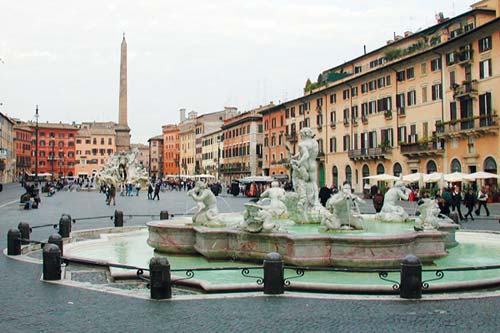
Piazza Navonafountains and nightlife
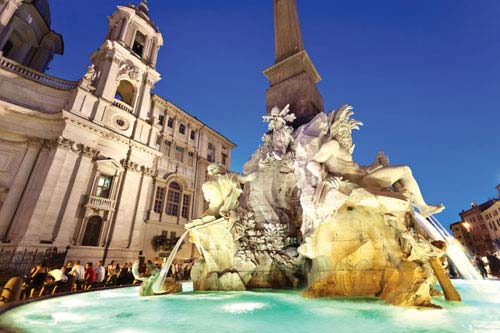
Berninis Four Rivers Fountain
Piazza Navona is Romes most interesting night scene, with street music, artists, fire-eaters, local Casanovas, ice cream, and outdoor cafs that are worthy of a splurge if youve got time to sit and enjoy Italys human river.
 Leave Piazza Navona directly across from Tre Scalini (famous for its rich chocolate ice cream), and go east down Corsia Agonale, past rose peddlers and palm readers. Jog left around the guarded building (the Palazzo Madama, where Italys senate meets), and follow the brown sign to the Pantheon, which is straight down Via del Salvatore.
Leave Piazza Navona directly across from Tre Scalini (famous for its rich chocolate ice cream), and go east down Corsia Agonale, past rose peddlers and palm readers. Jog left around the guarded building (the Palazzo Madama, where Italys senate meets), and follow the brown sign to the Pantheon, which is straight down Via del Salvatore.
Sit for a while under the floodlit and moonlit portico of the Pantheon.
The 40-foot-high, single-piece granite columns of the Pantheons entrance show the scale the ancient Romans built on. The columns support a triangular Greek-style roof with an inscription that says M. Agrippa built it. In fact, it was built (fecit) by Emperor Hadrian (A.D. 120), who gave credit to the builder of an earlier structure. This impressive entranceway gives no clue that the greatest wonder of the building is insidea domed room of perfect proportions that has inspired artists and architects through the ages. For more about the Pantheons construction and interior.
 With your back to the Pantheon, veer to the right, uphill toward the yellow sign that reads Casa del Caff
With your back to the Pantheon, veer to the right, uphill toward the yellow sign that reads Casa del Caff


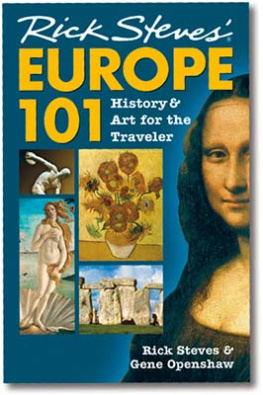





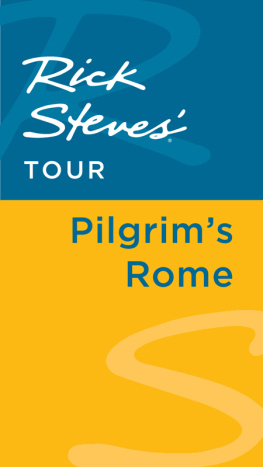
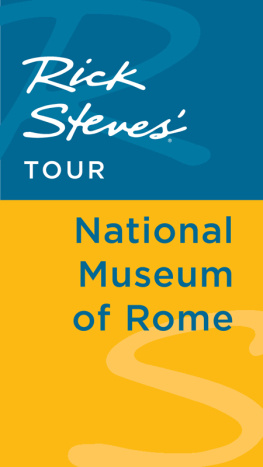
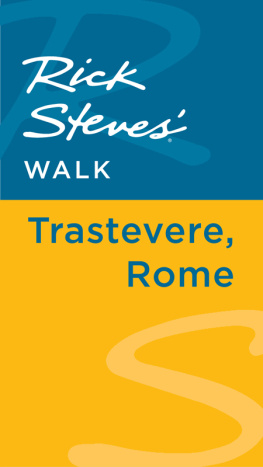
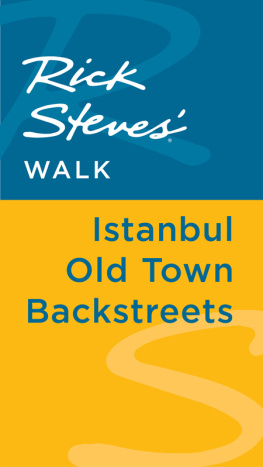
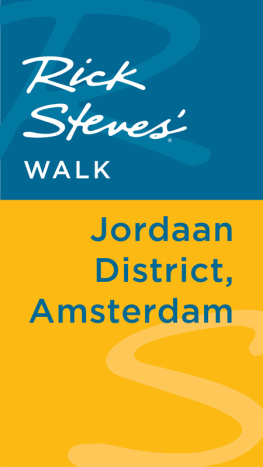
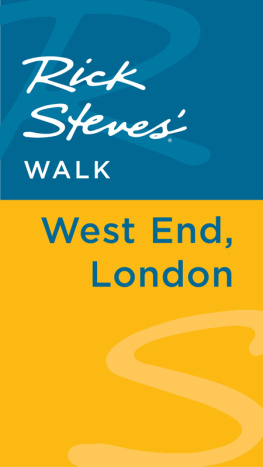
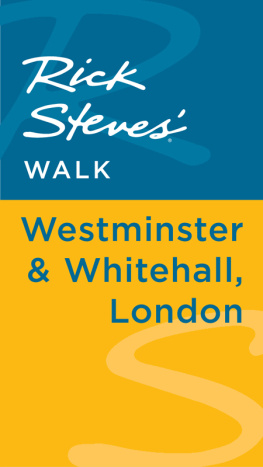
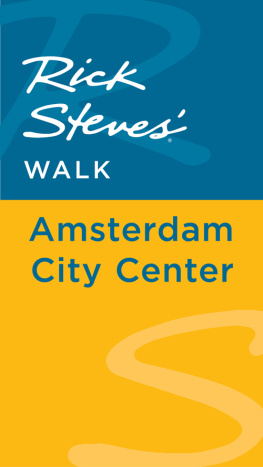
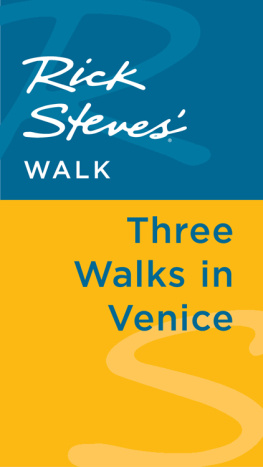

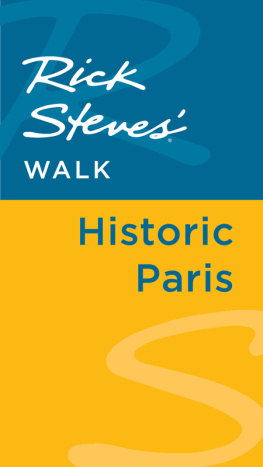
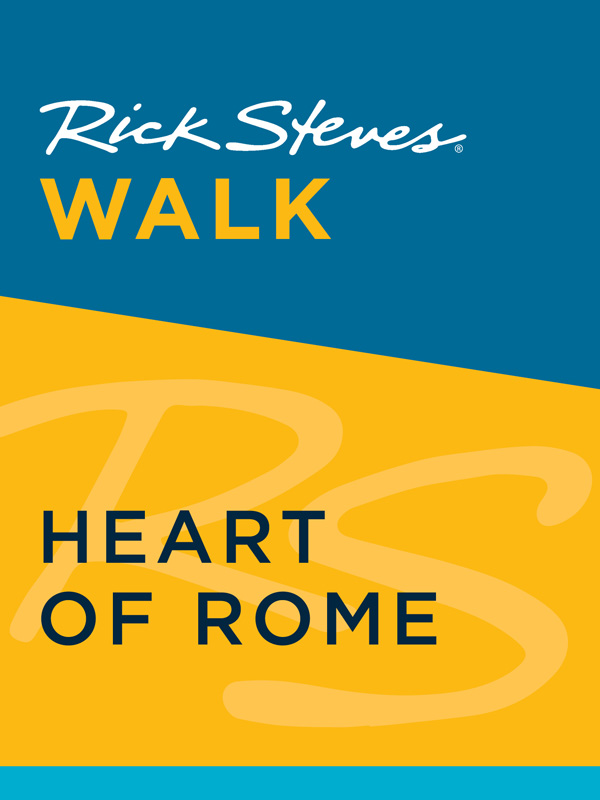
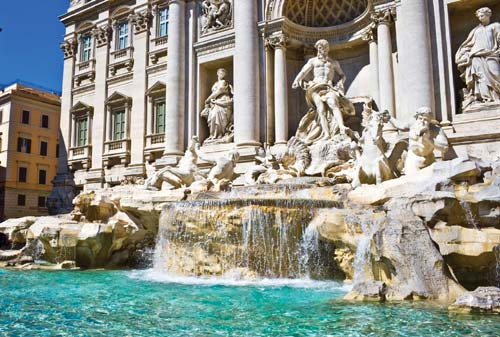
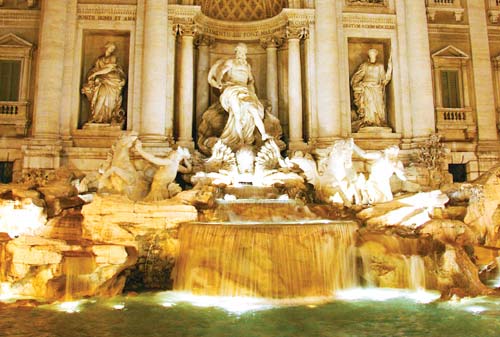

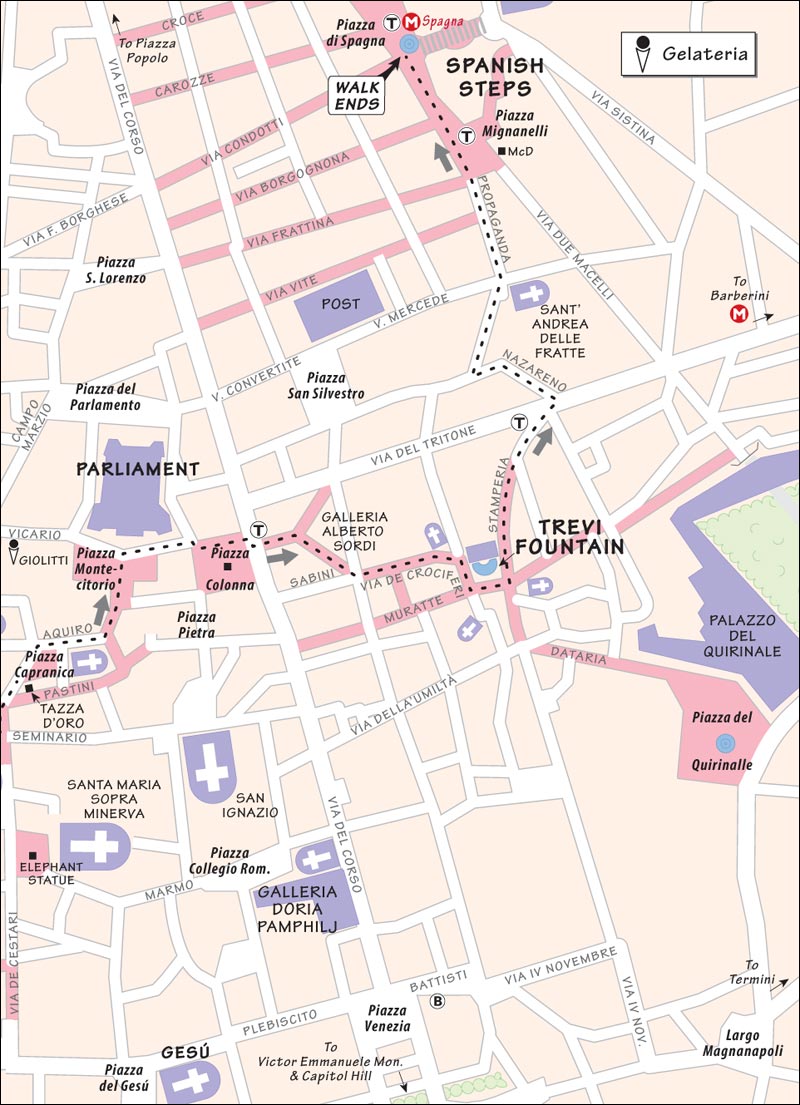

 Start this mile-long walk at the Campo de Fiori. The transportation hub Largo Argentina (buses #40, #64, #492, and taxis) is five blocks west. This walk is equally pleasant in reverse order: start at Metro: Spanish Steps and finish at Campo de Fiori, my favorite outdoor dining room after dark.
Start this mile-long walk at the Campo de Fiori. The transportation hub Largo Argentina (buses #40, #64, #492, and taxis) is five blocks west. This walk is equally pleasant in reverse order: start at Metro: Spanish Steps and finish at Campo de Fiori, my favorite outdoor dining room after dark.

